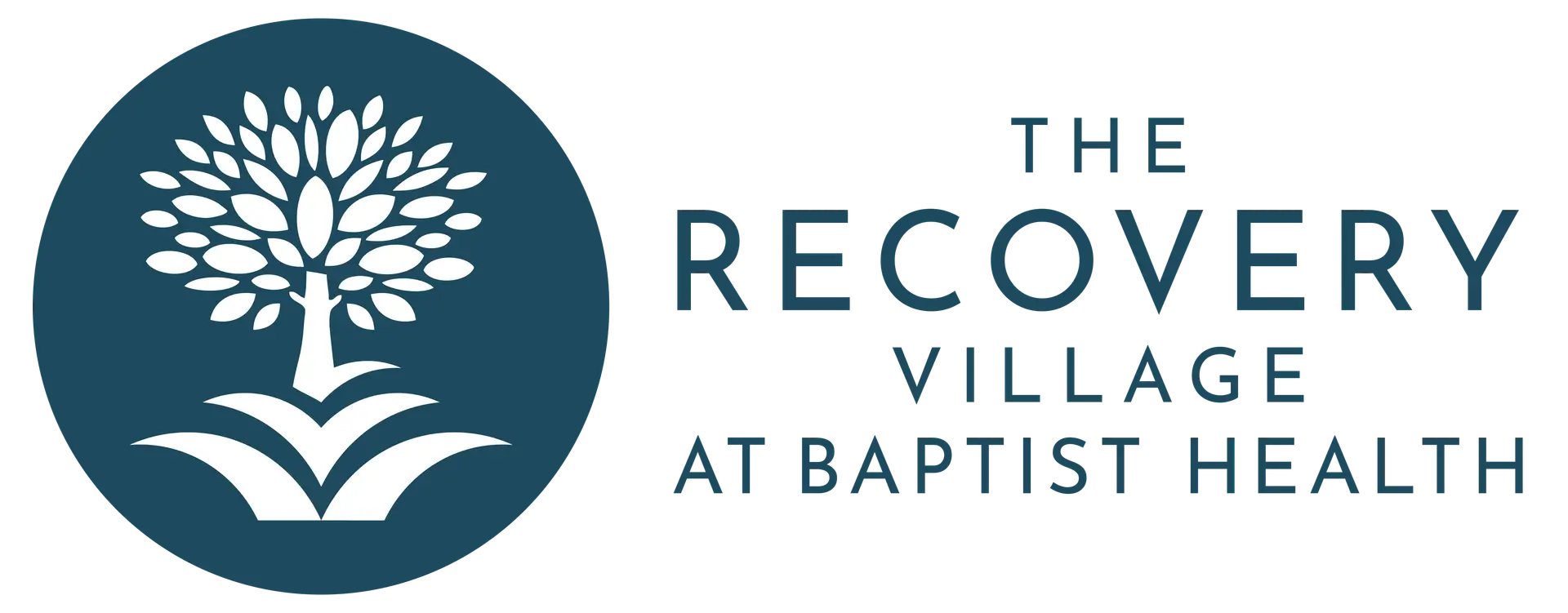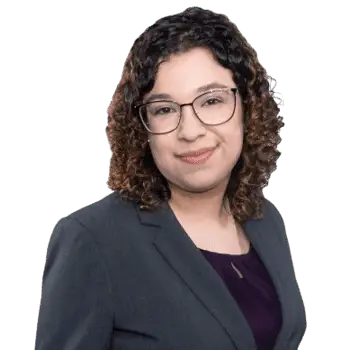Sober living homes or halfway houses provide residences for people in recovery who are seeking transitional housing until they are able to live on their own.
Deciding where to live after completing treatment or while engaging in ongoing recovery can be challenging. Experts note that a person’s living environment can influence whether they can remain in recovery and stay sober.
For example, returning home to an environment where roommates or family members are using drugs or alcohol can trigger some people to relapse. Some people may also leave treatment and need to locate alternative housing options if they could not maintain an apartment or continue to pay for housing while in residential care.
For those who require a safe, drug-free place to live after treatment, halfway houses and sober living homes can be suitable options. They offer refuge from triggers and an opportunity to practice living a sober lifestyle.
Treatment Can Be Life Changing. Reach out today.

What is a Halfway House?
A halfway house is a residence where people can stay after they complete a residential or inpatient treatment program or continue outpatient services. Halfway houses provide a transitional living environment for those who aren’t yet able to remain abstinent from drugs or alcohol on their own. They can also serve as a temporary residence while people in recovery take time to find employment and become financially stable before finding their own housing.
Halfway houses typically have admittance rules. Often, people who can stay in these homes must have previously completed treatment or be engaged in some type of formal treatment program. People living in halfway houses typically must agree to submit to random drug testing, attend recovery meetings, complete household chores, abide by a curfew, and refrain from violations of other household members’ rights, such as stealing or physical violence.
Halfway Houses vs. Sober Homes
Sometimes people use the terms “halfway house” and “sober homes” interchangeably, but they are not always the same type of residence. Generally speaking, the main difference between a halfway house and a sober living home is that halfway houses are typically part of a treatment program and, therefore, subject to government regulations and oversight. These programs may also receive government funding. On the other hand, sober homes are generally not considered formal addiction treatment programs.
Sober living homes are residential environments where people agree to abstain from drug or alcohol use. People who live in these homes must pay for living costs. Sober living homes tend to require or strongly encourage people to attend self-help meetings, such as Alcoholics Anonymous (AA), according to experts. People can generally remain in sober homes for as long as they need, provided that they comply with house rules, remain abstinent from drugs and alcohol and continue to pay rent and house fees.
See More: AA Meeting List for Miami
Government agencies may run halfway houses for people who are transitioning out of prison and back into the community. Some people may exit prison and transition to a halfway house after serving time for a drug-related offense. While not all halfway houses are used in this way, a considerable portion are.
Problems with Sober Living Homes
While sober living homes can provide a drug-free environment for those in recovery, some people take issue with these residences. They have received criticism for lacking government oversight. Without government regulations, owners of sober homes may be able to take advantage of tenants in recovery.
In Florida, State Attorney Dave Aronberg developed the Sober Homes Task Force to protect individuals with substance use disorders from exploitation in sober living homes. This task force works alongside the Florida Association of Recovery Residences (FARR), an organization that certifies recovery residences like sober homes according to national standards. While FARR is not a licensing authority, the organization does ensure that certified recovery residences provide quality services nationwide.
How To Find A Reputable Halfway House or Sober Home
While there may be bad actors in the sober living space, reputable halfway houses and sober homes provide an optimal environment to support your sobriety and commitment to recovery. FARR provides a directory of homes that have become certified by adhering to national quality standards.
It is important to ask questions before choosing a sober living home to ensure the highest quality. It is important to know the following:
- What rules does the sober living home enforce?
- Is there a staff member or home leader who enforces rules and provides leadership?
- Does the home offer any recovery-based meetings?
- How does the home enforce its drug-free policy? Are house residents required to submit to drug screens?
It might also be helpful to look at crime reports or police data from the neighborhood to ensure that the sober living home does not have a history of calls or arrests for drug-related offenses. This could be a sign that a home is condoning drug use or not properly enforcing rules.
Types of Sober Living Homes
FARR classifies sober living homes into four different levels. These include:
- Level 1: Level one sober homes are labeled as “peer-run,” meaning that they do not employ any staff. There are house meetings and drug screens within peer-run sober homes, but no clinical services are provided in-house. Residents are encouraged to participate in self-help groups.
- Level 2: Sober homes under this category are referred to as monitored homes. They typically have a manager and one paid staff member. There are house policies and rules to create structure, and services include drug screening, peer groups and house meetings. Residents participate in self-help groups or treatment in the community.
- Level 3: Level three features supervised sober homes, which employ a manager and trained staff members. Supervised sober homes have an administrative system with a hierarchy of authority, and they offer services inside the home. Residents also participate in treatment services within the community.
- Level 4: The highest level of care among sober homes is at level four, called service provider homes. Sober homes at this level employ credentialed staff, and clinical services are offered in the home. Service provider homes have detailed policies and procedures, with clinical and administrative supervisors to provide oversight.
Finding Sober Living Homes in Florida
There are many sober living homes across Florida. The best sober living homes have FARR certification, which are conveniently organized in a searchable directory. If you’re considering living in a sober living community during or after your addiction treatment, take time to discuss with your case manager, treatment provider, doctor or social worker about what level of sober living home may suit your needs. Some individuals may want more oversight than others.
Clients who have graduated from treatment at The Recovery Village at Baptist Health can receive recommendations for certified local sober living homes in the South Florida area.
If you’re still struggling with addiction, The Recovery Village at Baptist Health can help. With a full continuum of care, our addiction specialists treat people at every stage of their recovery. Contact us today to answer questions about aftercare and sober living or discuss treatment options that can fit your needs.
Frequently-Asked Questions
What is a halfway house?
A halfway house falls under the umbrella of sober living homes or transitional residences. People live there when they have completed treatment but do not yet feel ready to return to their own homes or live independently. Sometimes, halfway houses are run by government programs and serve people who are transitioning out of prison or another incarceration facility.
What is a sober living home?
Sober living homes are sometimes used as another name for halfway houses. At The Recovery Village, we use this term to describe transitional housing where people live after treatment. In these homes, residents are required to remain sober and abide by house rules.
Do sober living homes need to be licensed?
Sober living homes do not have to be licensed, and government agencies do not regulate them. The Florida Association of Recovery Residences certifies sober living centers with high quality standards. Sober homes that are classified as treatment programs are subject to government licensing requirements.
How do halfway houses work?
The operation of halfway houses can vary based upon the type of house. In some cases, they are peer-run without any administrative oversight. Other sober homes employ staff members and have administrators on staff to implement policies and procedures. Regardless of the type of house, sober homes tend to have a set of rules and the expectation that all residents will abstain from drug and alcohol use.




